Slow, Ethical and Sustainable Fashion: A Quick Guide When You Don’t Know Where To Start + Affordable Sustainable & Ethical Clothing Brands
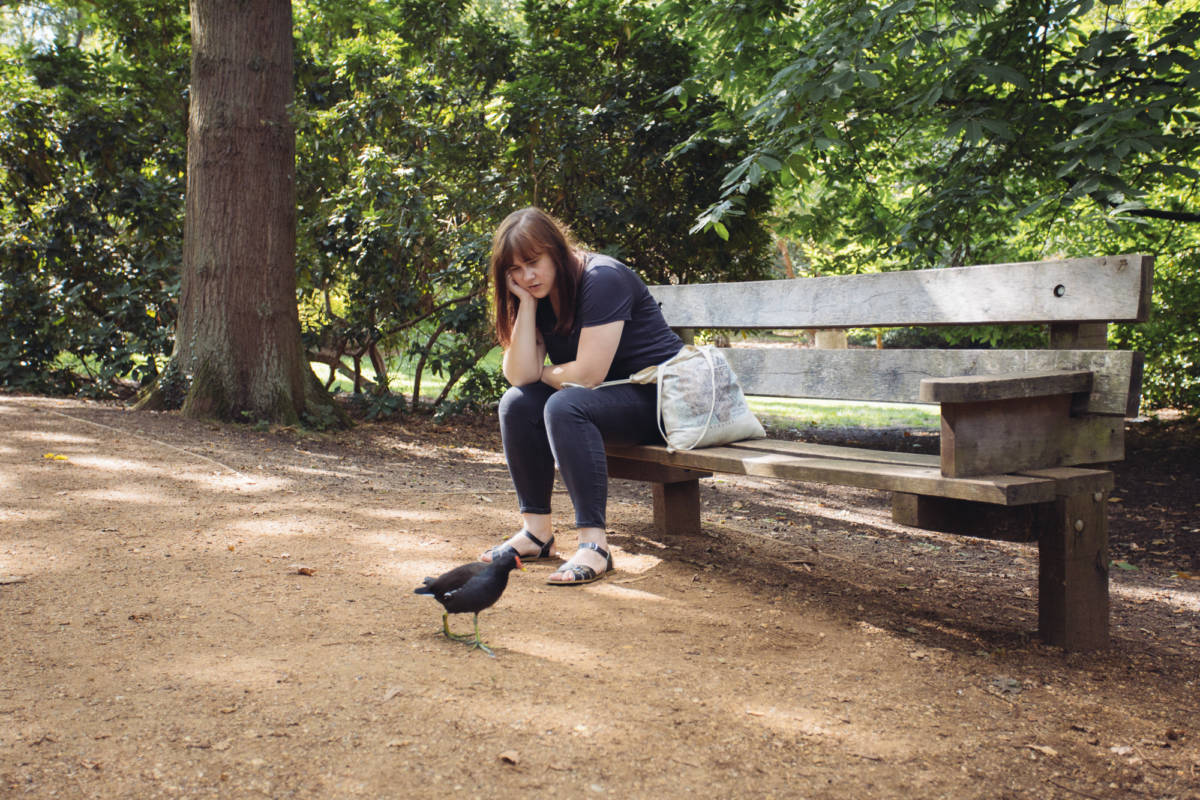
You’ve seen the ethical/sustainable fashion documentaries, you’ve read the facts and finally decided you’re done with fast fashion, but there’s still a few questions on your mind. I know, because I’ve been there, so here’s my quick guide to delving into the world of slow, ethical and sustainable fashion.
Sustainable? Ethical? Fair trade? I don’t know where to start…
You have to prioritise what you stand for. Do you want the clothes to be made under fair working conditions, from sustainable materials or all vegan? All three is possible too, no judging here. You set your borders dependable on where you are in life and what you can accomplish.
It’s a time-consuming, not convenient or shops don’t offer next day delivery.
Every change takes time, you’ll try, fail and learn but it’s really not as hard as you think. Even ASOS has green brands on their site – you just need to know which ones they are. To start with there’s Faithfull for boho style dresses and skirts, Matt & Nat for bags and even Monki jeans use 100% organic cotton so if that’s one of your priorities there you go. Zalando is one step ahead and has actually tagged their sustainable clothes. But you’ll need to do some research as they’ve tagged 100% ethical brands like ArmedAngels, Underprotection and Patagonia and slightly less green brands like Mango and GAP who are on there because they’ve done some kind of greenwashing (little ethical steps mainly used for marketing purposes).
I want to, but it’s too expensive.
Maybe it was a few years ago, but these days there are enough affordable brands out there. It’s not supposed to be super cheap, fast fashion has warped our values. With ethical and fast fashion you have to keep in mind that you’re paying for workers’ wages and for resources to be sustainable.
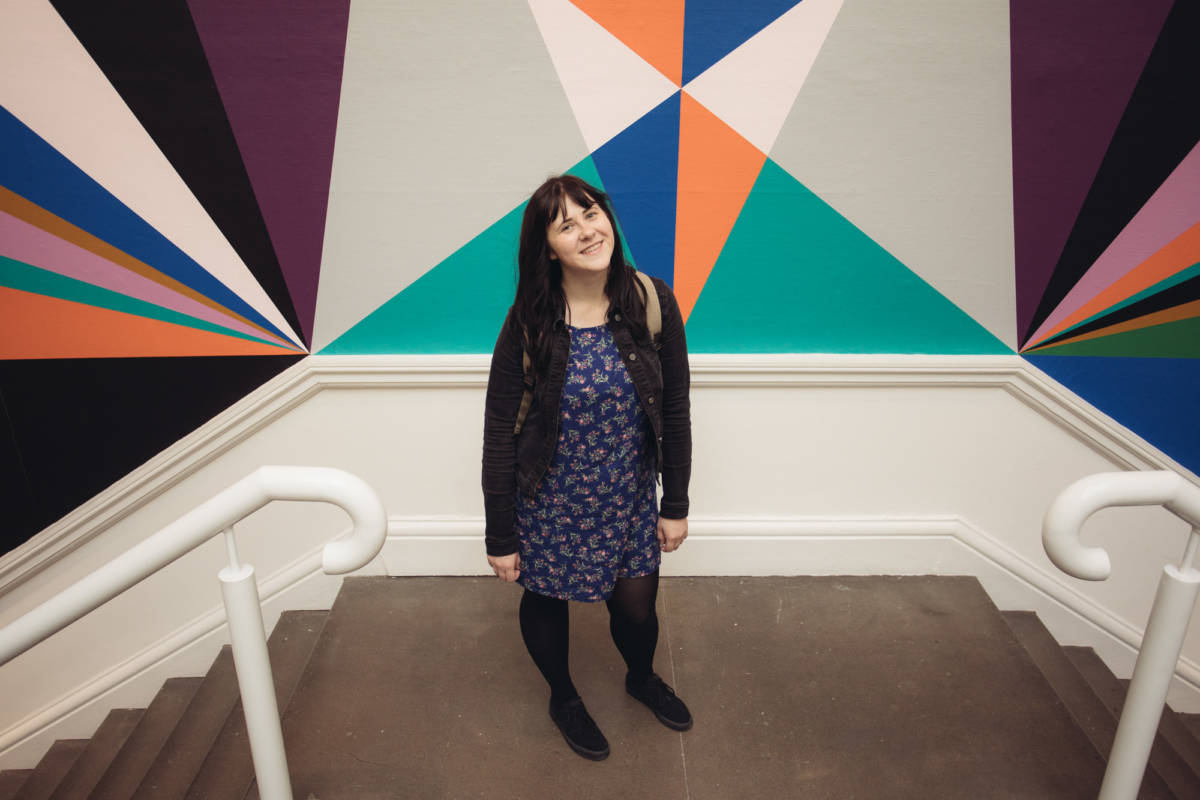
Do I need to throw out my wardrobe?
Of course not, it’s about making things last. I’m wearing out my basics and replacing them with ethical versions as I go. And yes, some of the new items may cost a bit more but I’m hoping they’ll last longer. I also prioritise choosing for UK brands as I think it’s important that items don’t come from far away. I love what Everlane in the US is doing and have ordered from them, but now I stick to UK and Europe-based brands first.
What brands are the best?
Here’s my experience with some of the UK’s affordable sustainable and ethical brands:
People Tree – sustainable fashion brand you’ll see top every list as they are pioneers and offer everything from shirts to dresses and basic tops.
Lara Intimates – comparable to cheap ASOS lingerie, £20 for panties and £48 for a bra can be a bit more pricey, but if you keep in mind that it’s all produced in London using deadstock (leftover) fabric in an all female factory you can justify it. Go Lara!
Thought – my go-to place for the softest basics. From socks to tights and tops all made from cotton, bamboo, and hemp.

What about on trend items?
While you can purchase the latest trends with sustainable and ethical brands, this might hurt your bank balance as each season adds up. Why not opt for second hand, vintage or preloved? You could argue this is the best option in terms of waste, as the items are already in circulation. High street charity shops are your best bet for this option and thanks to Marie Kondo they should be full to bursting at the moment. Or if you prefer online, try DePop, eBay and Etsy. At the time of writing there are over 8000 results on eBay for slip dresses, all between £0.99 and £12. Also, most of them look like they’re original 90s garments, making them more unique and less likely for you to turn up at party with the same dress as your bestie. I do have some issues with second hand shops – but I’ll save that for another post.
It’s not making a difference
Don’t you dare! According to a recent study by Thredup, 56 million women bought second-hand products in 2018 compared to 44 million in 2017. That’s an increase of 12 million new second-hand shoppers! Now this is US data but we’re all copy the US, so I’m sure it’s the same (Western) world round.
What other worries do you have?

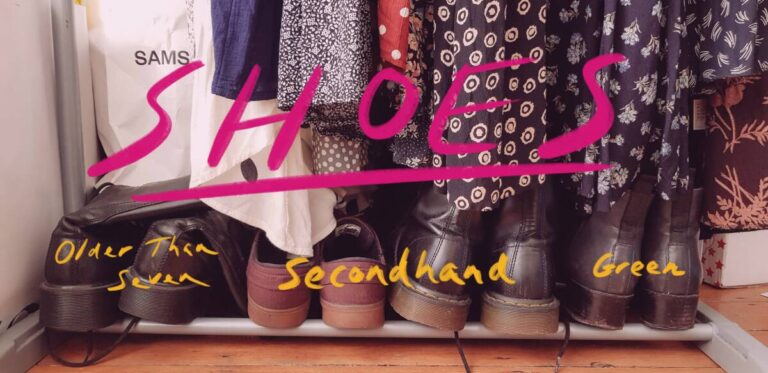

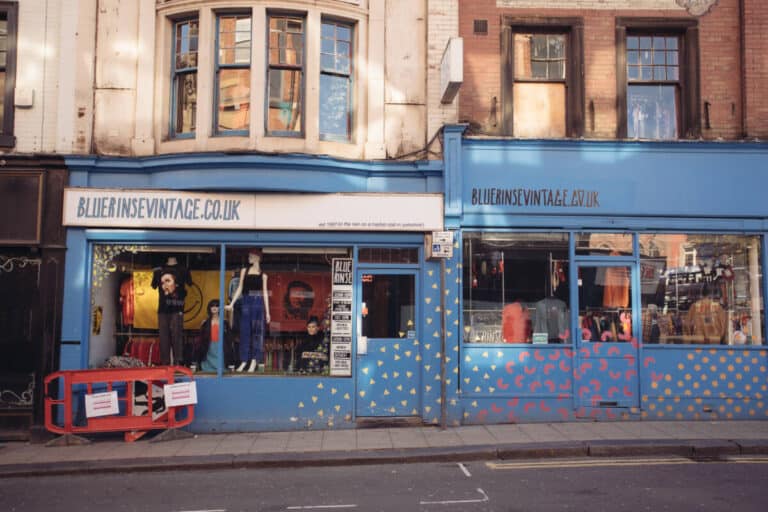
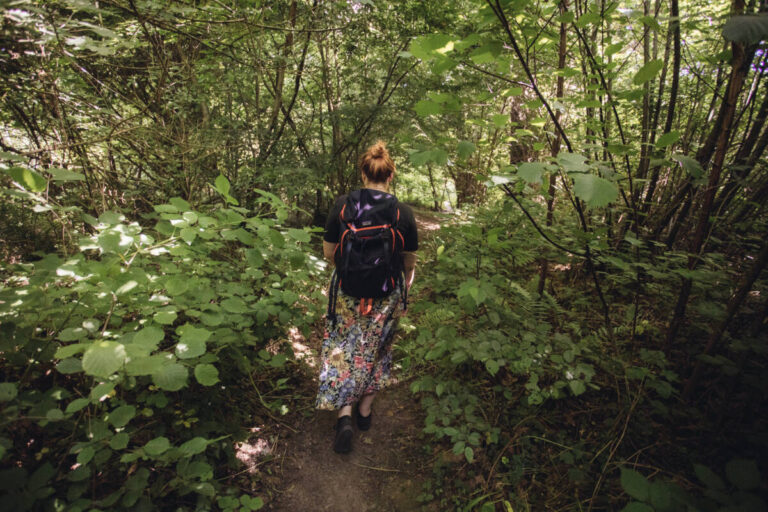
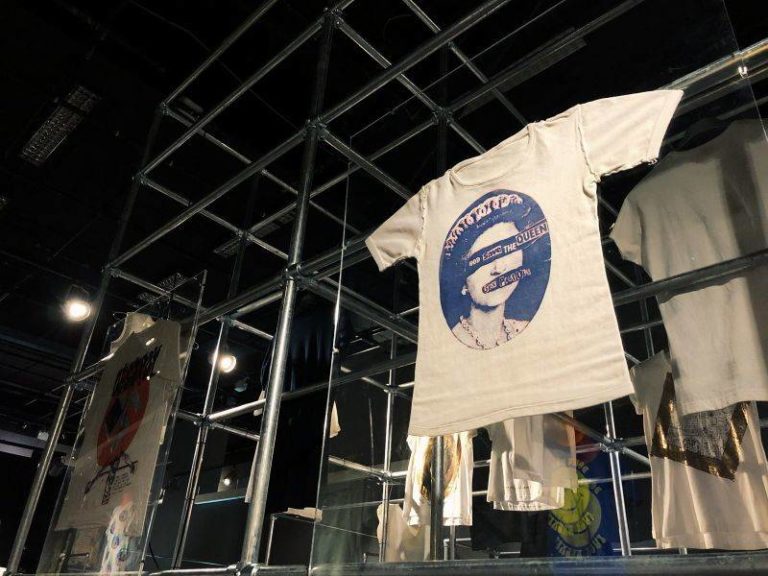

Awesome, thanks for this post. Among all the brands it’s hard to find out real information so this list is brilliant!